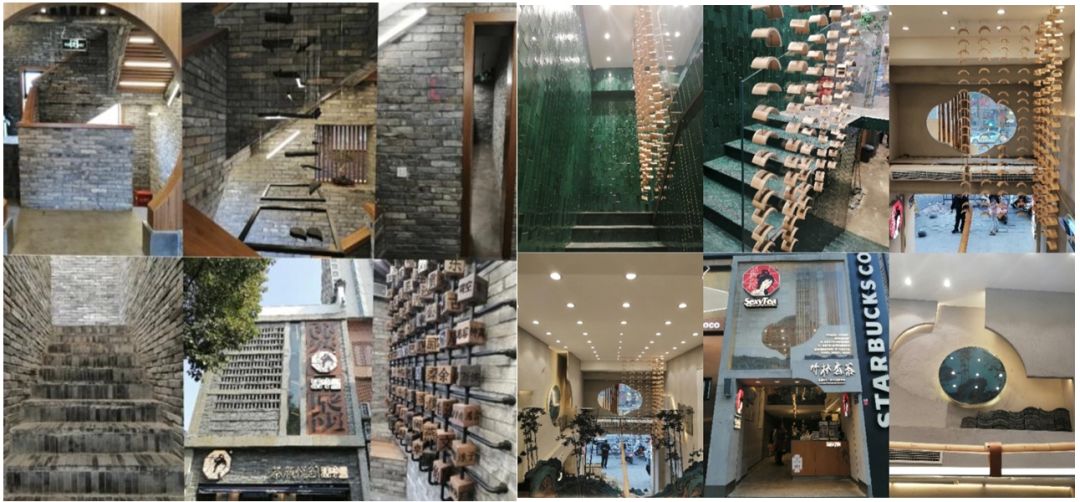All new tea brands joining this fierce competition are trying different ways and different levels of differentiation.
Editor’s note: This article is from WeChat public account “Finance and Finance” (ID: caijingtuya) , Author Aspirin, reproduced with permission.
Chayan Yuese announced the completion of Series A financing in August last year. With the involvement of capital, the company’s departure from Changsha City, Hunan Province seems to be an inevitable result.
We believe that the company ’s preferred target market will be in first-tier cities. In terms of rhythm, the company is expected to use a single concept store in the city as a pilot in the first half of 2020 and complete the rapid network installation in the second half of the year.
The first basis of this conjecture is from the past cases of the investors behind it, Sky Capital. Pan Pan, who is a director of Chayan Yuese, is also a partner of Tiantu Capital. In the VC / PE industry, Tiantu Capital has also built a reputation and brand image focused on investing in consumer circuits. In February 2019, Tiantu Capital invested in Chayan.
A brief summary of the investment direction of Tiantu is to fall in love with “eat, drink, drink”.
Take Zhou Heiya as an example. From 2007 to 2009, it was only a popular lo-mei food in Wuhan and Hunan. After introducing a $ 58 million Series A financing from Tiantu Capital in 2010, it quickly expanded to South China, East China, North China region, and listed on the Hong Kong Stock Exchange in 2016. From the A round to the IPO, it took six years for Tiantu to obtain more than 13 times the profit from Zhou Heiya (01458.HK).
In the field of new tea drinks, Tiantu Capital has also invested in some well-known projects, such as Nai Xue’s tea brands. Summarizing from the growth path of Nai Xue’s tea, since the angel round investment of Tiantu was obtained in 2016, it has also launched a plan to rapidly expand the national market. In just one year, there were more than 200 direct-operated stores across the country, with valuations climbing to RMB 6 billion.
In terms of new tea drinks IP, Nai Xue’s tea, hi tea, Lele tea, tea Yan Yue color, these 2019 fire brands are actually different.
If we simply expand with a single idea of ”copy and paste”, we believe that it will be a drain on the brand: even if the surge in stores stimulates the growth of valuation, the brand equity corresponding to the valuation is relatively weak. .
To this end, all new tea brands joining this fierce competition are trying different ways and different degrees of differentiation.
One of the trends is building contextualized experiences. Including Starbucks’ flagship store, Ruixing’s launch of Ruiyue, Hi Tea LAB, and Nye Xuemeng Factory are all building new scenario-based retail modules to enhance the consumer experience.
Tea SceneryThe choice is to carry out the “old style” to the end. The seven major concept stores currently open: Don’t have Dongtian, movable type, a lot of fish, Youlan Pavilion, Taohuayuan, Jiangfeng fishing fire, Zhihu tea can all be described as “antique”.

From left to right, “moving type” and “Bamboo Tea”
The second kind of conjecture is that the brand value of tea color is more unique. At present, it is not difficult to quickly expand the tea appearance of “beautiful, delicious, and fun” teas across the country. What is difficult is to establish a unique tea brand.
Starbucks’ success comes from the complete interpretation of the story of a coffee bean, and China has always lacked a brand story that interprets “a piece of tea” wonderfully. We judge that tea color has at least this potential. Unlike the teas of Hi Tea and Nayuki, the taste of the tea is more inclined to the “drink” in the “new tea drink”. The taste of the tea is more favored to the “tea”. Regardless of the amount of sugar, the tea tastes as the flavor of the tea. The first characteristic of its taste.
We have also seen that in the case of a store just 5 meters away from Changsha, Cha Yan Yue Se can also have 6 or 7 young people waiting to drink a cup of “new tea”. The brand value of Chinese tea culture has more possibilities to be tapped.